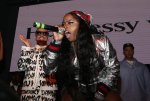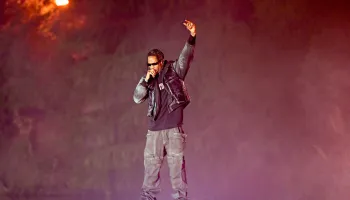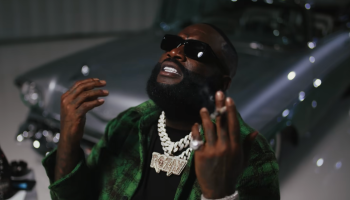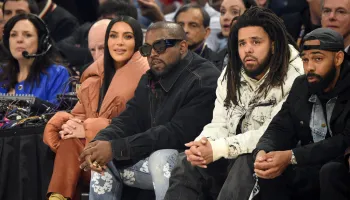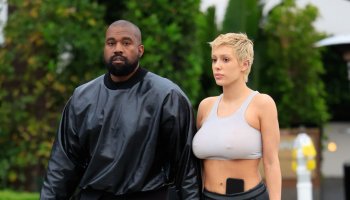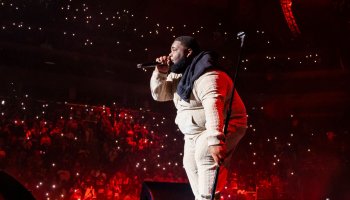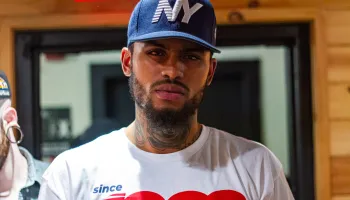Another February 7th has come and gone. Some choose to call it “Dilla Day” while others choose to refer to February as “Dilla Month.” Jay Dee AKA J Dilla started out as a producer/MC that was mostly known in underground Hip-Hop circles. He later became a revered producer and musician amongst mainly music insiders and Hip-Hop cognoscenti. Now a full six years after his passing he is so widely regarded that if a Hip-Hop site, magazine or portal, no matter their size, doesn’t acknowledge him they look like ignorant jerks. How did this happen? Also, how is J Dilla and his extensive body of work viewed now versus when he was still among us?
I’ll compare Jay Dee’s posthumous rise in acclaim to the Notorious B.I.G. becoming widely recognized as the greatest MC of all time shortly after he died. The key difference being while Diddy and his associates began a planned campaign to have Biggie recognized as “The Best Rapper Ever,” Dilla’s appraisals were way more organic and came from individuals that fans, music journalists and musicians alike all deemed as instantly credible. The groundswell of Dilla love from both mainstream and underground artists alike was overwhelming. Even artists and musicians that exist outside the realms of urban music have professed their admiration for the man born James Yancey’s work. As the years go on it becomes more and more apparent exactly how many listeners Dilla touched in his 32 years on Earth.
I remember back in 1998 and 1999 when there were folks that thought A Tribe Called Quest and Q-Tip needed to stop relying on Jay Dee because he was seemingly preventing them/him from making the Hip-Hop they loved circa The Low End Theory & Midnight Marauders. This same cross section of ATCQ fans thought that Beats, Rhymes & Life was a sonic step back and many of them totally didn’t care for The Love Movement. It’s important to keep in mind that Jay Dee (or J Dilla) was the same man who was behind Common’s Like Water For Chocolate (one of his best received albums) as well as much of Electric Circus (one of his most critically panned and commercially disappointing albums). A far cry from how he’s generally viewed today.
A reason that Dilla was so beloved by his fellow producers and musicians that’s often overlooked this is the fact that he was more interested in the actual craft and making the music than he was seeking fame or doing things that highlighted his greatness. Other people in and outside of his immediate circle had to do that for him. Only in recent years has it come out how many songs and compositions that were credited to The Ummah or The Soulquarians (in some cases Dilla wasn’t credited at all) were actually done by J Dilla. His willingness to just be a part of a production team and remain so humble even when he was clearly a metahuman musically is awe inspiring.
Dilla was such a technical marvel and a quantum leap in the worlds of beat making and music production that for a great portion of his career, really only music nerds and heads really appreciated him. This is because these were the people who overstood how incredible the music he made was since they were familiar with not only the actual craft but also the source material he used to make his beats. Even when his music sounded simple to the ear of the casual listener, these knowledgeable fans would spazz out, thus making the casual listener think the head was simply package riding Dilla because his name was on the beat. Now let’s address the issue of Dilla’s rabid fan base of Dillaheads.
This segment of Dilla fans is so aggressive and vocal that they’ve actually succeeded in turning people off of getting familiar with his impressive back catalog of music. Many of these fans became acquainted with his work towards the end of his life so their introduction to him ranges from Jaylib to Donuts. The initial push of posthumous Dilla awareness began with the site Okayplayer and extended throughout the release of Donuts and The Shining, Stones Throw’s Ruff Draft re-release and Jay Love Japan—all between February 2006 and June 2007. Since his fanbase consists of mostly serious music heads (such as myself) he’s never achieved high sales numbers, however more and more fans become aware of his extensive and diverse back catalog with every passing year.
Without James Dewitt Yancey the burgeoning worldwide instrumental Hip-Hop/beat culture as a whole probably wouldn’t exist.
I’ve gone on record as saying that J Dilla was the single most influential music producer of the past 15 years. Without James Dewitt Yancey the burgeoning worldwide instrumental Hip-Hop/beat culture as a whole probably wouldn’t exist. When Hip-Hop production Jedi masters such as DJ Premier, Pete Rock, Dr. Dre, DJ Scratch, Just Blaze, Nottz, Questlove and Pharrell Williams regard him as the greatest to touch MPC 3000 pads, it’s extremely tough to ignore. When DJ’s like Garth Trinidad and musicians like Robert Glasper sing Dilla’s praises it’s even tougher to ignore. However, when Miguel Atwood-Ferguson gathers together an orchestra that plays pieces and arrangements based on Dilla’s production it’s absolutely impossible to ignore.
Now that James Dewitt Yancey has passed and he’s left so much incredible music behind for future generations (and current ones) to discover, there’s no question that he’s the new platinum standard that future greats will be judged by. His MCA Pay Jay album has still yet to see an official release and the new Ma Dukes endorsed album The Rebirth Of Detroit will drop sometime between now and Memorial Day. The hallmark of a legendary producer is when you hear an old song and instantly think about the beat that was made from it. Dilla was so ahead of his time that even six years after he passed few (Madlib is an exception) have caught up to the material he made more than 10 years ago.
Rest in eternal peace, James Dewitt Yancey.

